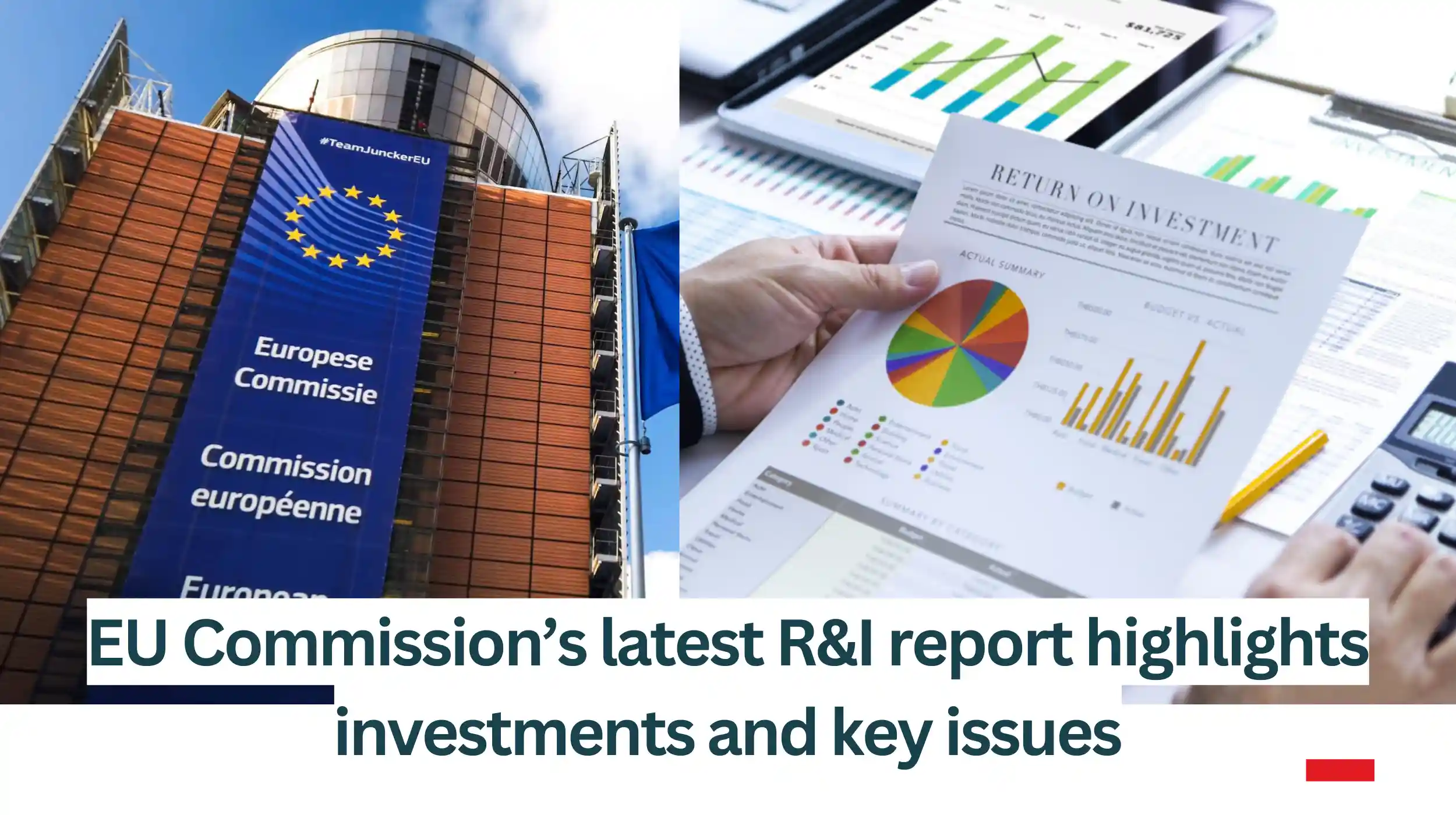Brussels (Brussels Morning) – The European Commission has published the latest edition of the Science, Research and Innovation (R&I) Performance Report, highlighting expansion in EU investments in R&I. It demonstrates challenges and Weaknesses.
The European Commission today on 27 June 2024 published the 2024 edition of the Science, Research and Innovation (R&I) Performance Report (SRIP). As per the report, over the past two decades, there has been an expansion in EU investments in R&I which has assisted the EU’s competitiveness in green tech significantly and the overall high quality of EU research.
What are the Challenges for EU R&I?
The EU Commission report also stresses three main challenges for EU R&I. The first challenge is Underutilised R&I ecosystems: the EU is a leading global player in scientific research, but it is facing several barriers in exploiting its rich R&I ecosystem at its best. The sharp interpretations in research & development (R&D) efforts across the Member States placed the 3% of GDP target still far from being fulfilled.
One of the challenges is the Persistent R&I divide: R&I activities tend to focus on certain places – which can be reinforced through the provision of support to the top-achieving activities and actors. The last challenge is the Technological gap compared to other regions of the world, which is also pushed by the complexities in attracting private sector investment for R&I at the EU level. While the EU has made significant progress with the green transition, there is still advancement to be made in the digital area.
What are the Strengths and shortcomings of EU R&I performance?
Some of the key conclusions of the science, research and innovation performance of the EU report are that the EU maintains a leading role in global patent filings related to renewables (29%) and energy efficiency (24%). The EU is only exceeded by China in terms of scientific output and designates 18% of the global scientific production. Concerning the global share in the top 10% of most-cited publications, the EU is acting similarly to the US but behind China. In 2021 the EU only classified fifth in terms of R&I intensity (2.3 %), standing before the US (3.5 %), Japan (3.3 %), South Korea (4.9 %) and PRC (2.4 %), which exceeded the EU level for R&I passion for the first time in 2020.
Compared to the US and China, the EU is less technical in critical productivity-enhancing technologies, especially in the fields of artificial intelligence, the Internet of Things, blockchain technologies and quantum computers. The venture capital market in the EU is narrow compared to other parts of the world, delaying private investments in innovative companies.
What is the Purpose of SRIP?
The SRIP report examines research and innovation dynamics and its drivers. The report incorporates indicator-based analysis with in-depth dives into topical policy issues articulating to an audience of both research and innovation as well as economics and finance policymakers and critics.



